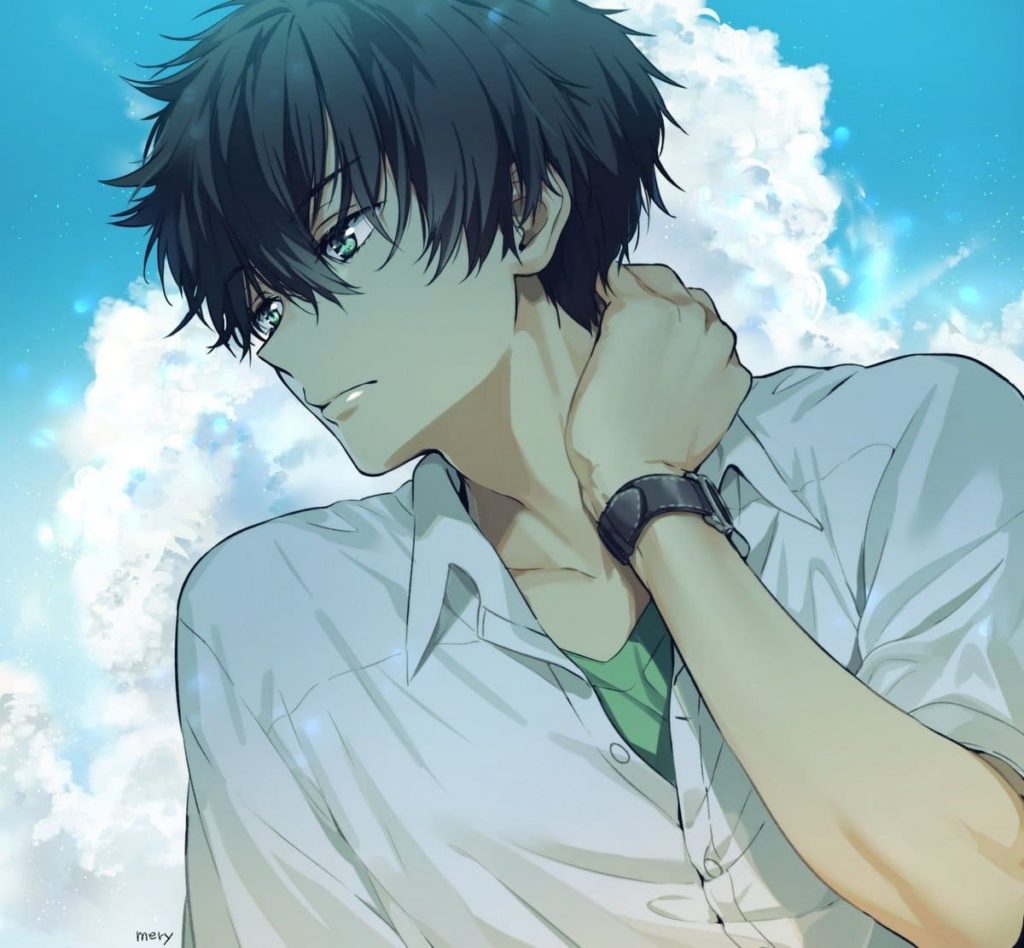Introduction
Anime, a rich tapestry of animated storytelling, has entrenched itself in the global cultural landscape. Within this diverse medium, a special place is reserved for male characters, affectionately known as “anime guys.” These characters have transcended mere entertainment, becoming icons that resonate deeply with audiences worldwide. From their early days as archetypal figures to their current status as complex, multi-dimensional personalities, anime guys have undergone a profound evolution. This article embarks on a journey through the world of anime guys, examining their development, impact, and enduring appeal.Anime guys, a term affectionately coined by enthusiasts, represent the male protagonists that inhabit the dynamic realm of anime.
These characters have surpassed mere entertainment, becoming cultural icons that resonate with audiences globally. They possess an innate magnetism, drawing viewers into their intricate narratives and captivating journeys. What makes anime guys particularly compelling is their ability to connect with a diverse range of individuals, transcending cultural, linguistic, and geographical boundaries. Their evolution over time has been nothing short of extraordinary, progressing from basic stereotypes to intricate, multi-dimensional personas that mirror the intricacies of human existence. Whether they embody the unwavering determination of a shonen hero or challenge conventional notions of masculinity as bishonen characters, anime guys continue to etch their mark on the world of animation and broader pop culture.
The Early Archetypes: Shonen and Bishonen Characters
Their quests were punctuated by monumental battles and an unyielding reservoir of energy. Conversely, bishonen characters, represented by icons such as Tuxedo Mask from “Sailor Moon” and Howl from “Howl’s Moving Castle,” introduced an ethereal and androgynous allure. Their delicate features challenged conventional notions of masculinity, imparting an added layer of complexity to the portrayal of male characters in anime.
Evolution of Male Characters: From Stereotypes to Complex Personalities
As the anime industry matured, creators sought to infuse their characters with depth, pushing them beyond the confines of archetypal roles. Characters like Spike Spiegel from “Cowboy Bebop” and Guts from “Berserk” represented a shift towards nuanced storytelling. They grappled with intricate emotions, moral ambiguity, and personal struggles, transcending the boundaries of mere caricatures. This marked a pivotal moment in the depiction of male characters, inviting viewers to explore the intricacies of their inner worlds. This evolution paved the way for a new era of anime guys, where characters confronted complex emotions, ethical dilemmas, and existential questions.
Notable Examples of Shonen Archetypes in Anime History
In the annals of shonen anime, certain series and characters have made an enduring impact. Figures like Naruto Uzumaki, resolute in his ambition to become Hokage, and Ichigo Kurosaki, driven by an unwavering sense of duty and justice in “Bleach,” exemplify the core essence of shonen spirit. These characters transcend mere combat, embarking on journeys of self-discovery, forming profound bonds with companions and allies. Their narratives serve as a wellspring of motivation, urging viewers to persevere through challenges and to believe steadfastly in their own potential.
Bishonen Characters: Redefining Beauty and Masculinity
Bishonen characters have shattered conventional definitions of beauty and masculinity within the anime realm. Their ethereal charm, coupled with delicate features, challenges established norms, offering a vision of masculinity that transcends traditional confines. Characters like Howl from “Howl’s Moving Castle” and Sebastian Michaelis from “Black Butler” captivate audiences with their striking appearances and enigmatic personas. They embody an alternative facet of masculinity, celebrating sensitivity and grace alongside strength and determination. This archetype has played a pivotal role in broadening the spectrum of male representation in anime.
conclusion
The evolution of anime guys is not limited to appearances; it extends to their inner worlds as well. Figures such as Shinji Ikari from “Neon Genesis Evangelion” and Lelouch Lamperouge from “Code Geass” propel viewers into a world of profound emotions and ethical quandaries. These characters face their own insecurities, wrestle with existential queries, and navigate the intricacies of human connections. They defy conventional ideas of heroism, offering a portrayal of the human experience that is more genuine and relatable. This departure from standard storylines stands as a testament to the depth and intricacy that anime guys can encapsulate
